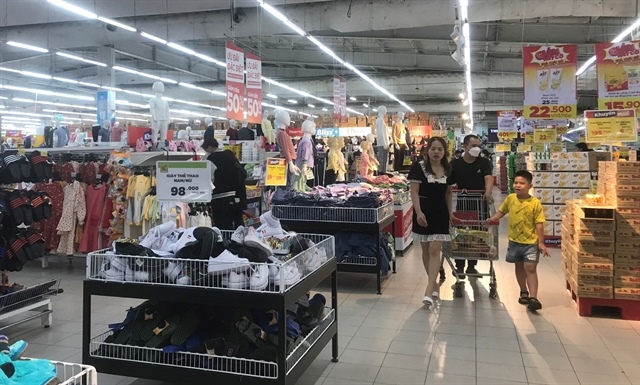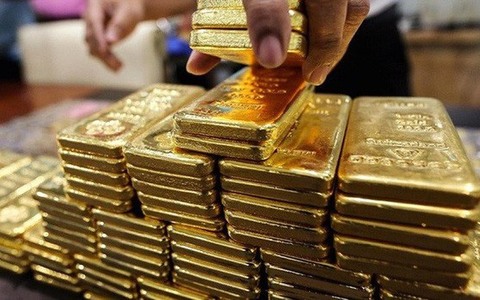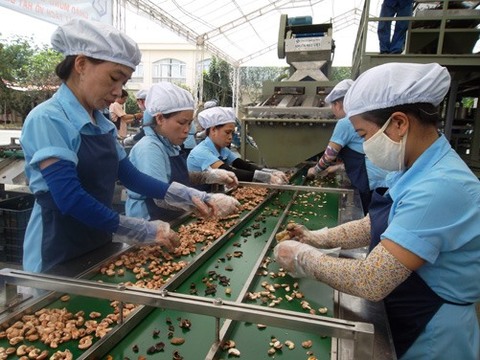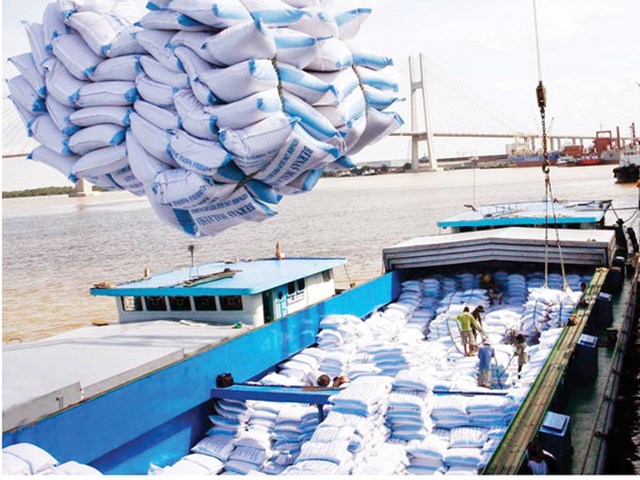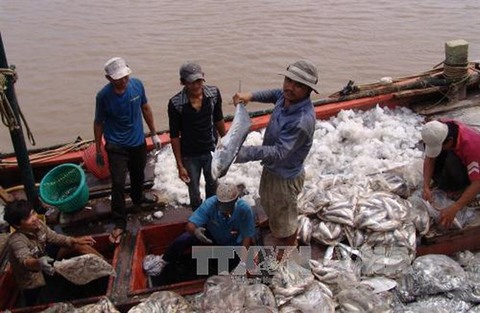High fertiliser prices hurt farmers
High fertiliser prices hurt farmers
Fertiliser prices have increased more than 30 per cent from a year ago, causing difficulties for farmers.

Fertilisers accounts for 30 per cent of agricultural production costs while the prices of many agricultural products are showing signs of decline.
Nguyen Thi Hai, a farmer in Soc Trang Province’s My Tu District, told Tuoi tre newspaper that: “Fertiliser prices have increased sharply, pushing up costs; farmers like us have no profit.”
Hai said the price of a 50kg bag of urea went up from VND350,000 – VND370,000 three months ago to VND470,000 (over US$20) now.
The price of DAP fertiliser has risen from VND510,000 a bag to VND690,000, she said.
“I have 20,000sq.m of land field. At the current fertiliser prices, if I use 50kg of fertilisers per 1,000sq.m per crop, I have to pay at least VND2.5 million in additional costs.”
Tran Van Mai, a fertiliser seller in Soc Trang City, said NPK had gone up the least: VND40,000 for a 50kg bag.
“The use of fertilisers is a must in agricultural production. Despite higher prices, demand is still the same.”
Nguyen Van Bach, who sells agricultural materials in Cho Moi District, An Giang Province, said fertiliser prices have gone up by 30 per cent compared to a year ago.
Prices had increased dramatically this month, with some fertilisers going up by over VND1,000 per kilogramme, he said.
According to sellers, prices increase in November every year when farmers start their new winter-spring rice crop.
Duong Tri Hoi, general director of the PetroVietnam Fertilizer and Chemicals Corporation, said the sharp increase in prices was due to higher global prices.
The rebound in oil prices during the past year, coupled with the US’s embargo on Iran, the world’s largest producer of oil and fertilisers, had reduced supply, pushing up prices.
Ngo Van Dong, general director of the Binh Dien Fertiliser JSC, said the prices of potassium, SA, and urea had all surged, affecting costs and the business plans of companies that produce NPK compound.
Nguyen Thanh Phuoc, head of the Soc Trang Province Sub-department of Cultivation and Plant Protection, said the prices of fertilisers of all kinds usually increased when the country’s main rice growing areas began a new crop. But this was the first year that fertiliser prices had shot up like this, threatening farmers’ incomes, he said.
“The Government needs to control inputs used in fertiliser production.”
Nguyen Van Hien, head of the An Giang Province Sub-department of Cultivation and Plant Protection, said farmers should apply standardised rice production methods to reduce their costs.
According to the Ministry of Agricultural and Rural Development, Viet Nam utilises around 11 million tonnes of fertilisers a year, mostly chemical-based.
More and more domestically-made fertilisers are being used and there had been a drop in imports, the ministry said. In recent years the country’s fertiliser sector has seen strong growth.
Local producers can fully meet the demand for urea, phosphate and NPK fertilisers, and even export a little to Cambodia, Laos, Indonesia, and the Philippines, but Viet Nam still has to import its entire requirement of SA fertilisers.
In the first 10 months of this year, the country imported 3.44 million tonnes of fertilisers worth $987 million, down 14 per cent in volume and 7.6 per cent in value year-on-year, mainly from China, Russia, Malaysia, and South Korea.






